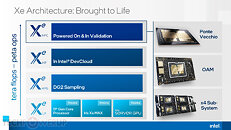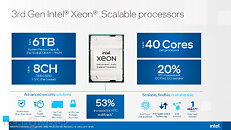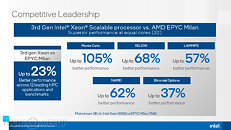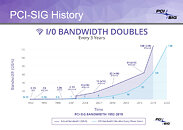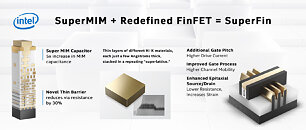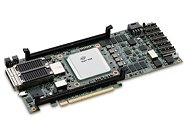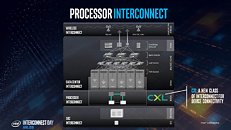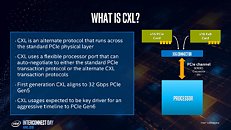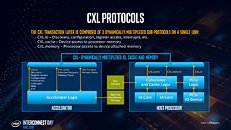CXL Consortium Releases Compute Express Link 3.0 Specification to Expand Fabric Capabilities and Management
The CXL Consortium, an industry standards body dedicated to advancing Compute Express Link (CXL) technology, today announced the release of the CXL 3.0 specification. The CXL 3.0 specification expands on previous technology generations to increase scalability and to optimize system level flows with advanced switching and fabric capabilities, efficient peer-to-peer communications, and fine-grained resource sharing across multiple compute domains.
"Modern datacenters require heterogenous and composable architectures to support compute intensive workloads for applications such as Artificial Intelligence and Machine Learning - and we continue to evolve CXL technology to meet industry requirements," said Siamak Tavallaei, president, CXL Consortium. "Developed by our dedicated technical workgroup members, the CXL 3.0 specification will enable new usage models in composable disaggregated infrastructure."
"Modern datacenters require heterogenous and composable architectures to support compute intensive workloads for applications such as Artificial Intelligence and Machine Learning - and we continue to evolve CXL technology to meet industry requirements," said Siamak Tavallaei, president, CXL Consortium. "Developed by our dedicated technical workgroup members, the CXL 3.0 specification will enable new usage models in composable disaggregated infrastructure."


















